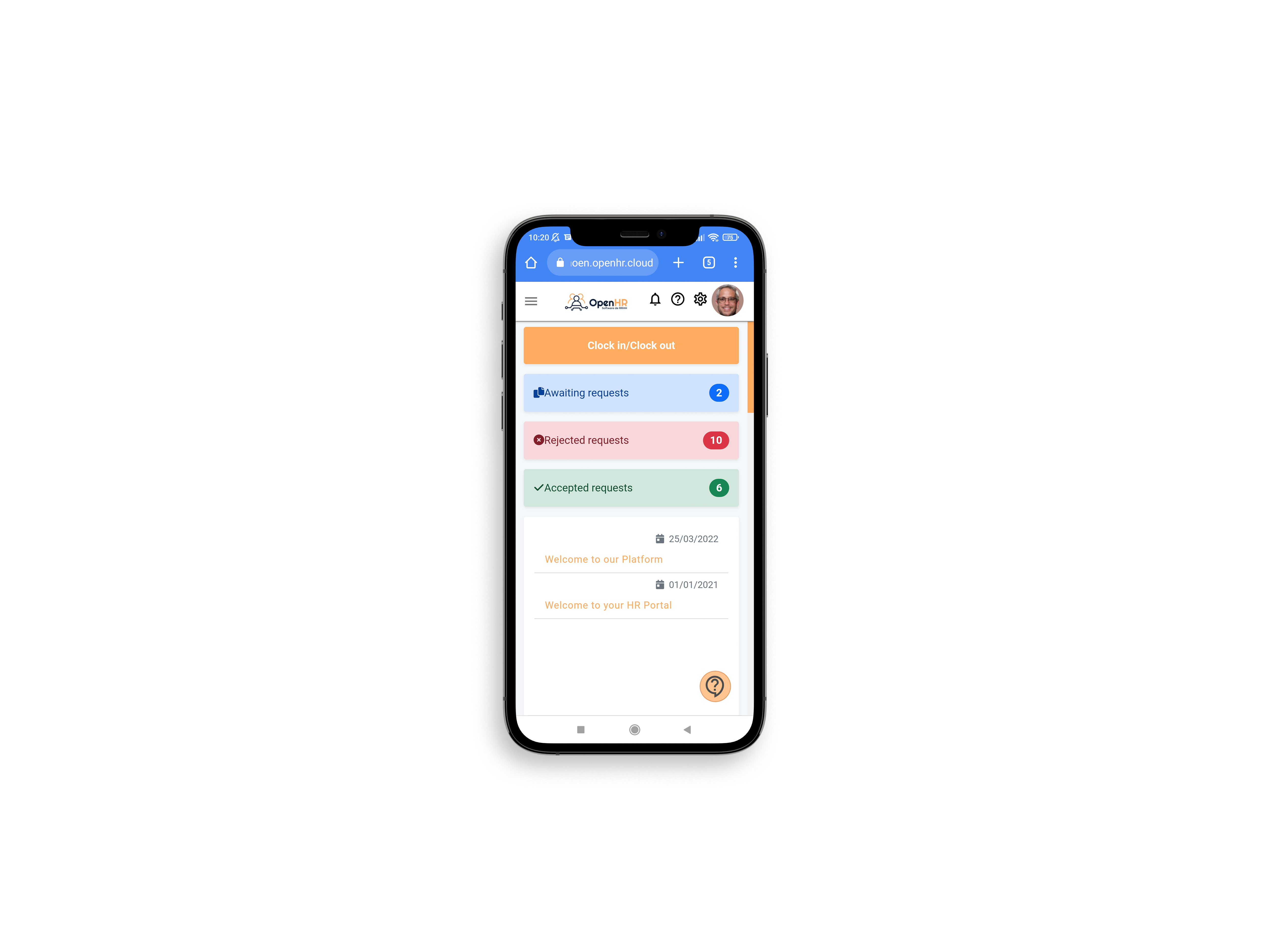Nowadays we see how human resource departments are gaining importance in the business world. But do we know what human resources and what their functions are?
Human Resource (HR) is the department responsible for the management of a company's human capital (employees). It is an essential pillar within organisations because it has direct contact with all the people that form part of it. Despite what many believe, HR is not a "useless" department that only does paperwork, but a strategic department that will make the company more effective, efficient and productive.
The role of human resources has changed and evolved over time, as well as its functions, which have adapted to new needs and trends in the business world. The most well-known functions of human resources are recruitment and employee training and development among others, but they are not the only ones. We will see more about the various functions of the human resources department.
People Management
It is the set of tasks performed whose purpose is to satisfy the needs of employees and to encourage workers to become involved with the company. The tasks vary depending on the size of the company, its structure and activity. Its strategy is based on taking measures that are aimed at the development of people.
People management usually includes administrative tasks such as workforce planning (absence, leave, termination of employment, time recording, document management, etc.), and is often linked to other human resources functions such as employment, personal development or labour relations.
 Employment
Employment
It is one of the most important and best known functions, and includes several phases, such as the selection and recruitment process, planning of the company's needs, jobs analysis and description, and plans for welcoming new employees (Onboarding).
- Planning the needs of the company: this consists on carrying out a study to verify the jobs and the number of workers needed in the company. The aim is to foresee possible absences or vacancies that may occur in order to have a suitable replacement for the position.
- Job description: once the jobs to be filled have been identified, a comprehensive job description (duties, skills, training, experience, level of responsibility, etc.) should be made so that the candidate knows what the company is looking for.
- Recruitment and selection: The ultimate goal of this phase is to hire the candidate who most closely matches what the company is looking for. It is a process currently marked by the use of new technologies. For example, gamification, one of the newest methods of recruitment, selection and talent attraction that "examines" the candidate through games, and once they have finished, it is evaluated whether the skills shown during the game are what the company is looking for.
- Welcome plans for new employees: in order for new employees to adapt as quickly as possible, their incorporation into the company must be properly planned, informing them of the company's objectives, mission and values.
Training and Development/Appraisal
Nowadays, training has become one of the key tasks and functions of the human resources department as it is the tool that helps employees to grow within the company, it is also considered a motivating factor. This function ensures that employees acquire the necessary competencies and skills to perform their duties as efficiently as possible.
On the other hand, the performance of employees is often measured through performance appraisals, which try to verify whether or not the professional objectives have been fulfilled. It is, somehow, a control mechanism of the company towards the employees (we must remember that human resources also has a disciplinary function), as interviews are carried out between human resources and the employee, they both analyze if the objectives have been fulfilled, and reports are made in terms of performance and fulfilment.
Remuneration (pay)
A remuneration system is established within the company, which must always be fair, competitive and motivating. The main task is to create a job catalogue which includes all jobs that describe and value the tasks, difficulties and responsibilities. Once this has been done, a score is established for each position that must be in accordance with the remuneration received, which is what we call salary. In addition to the aforementioned, there is another type of salary, which is the emotional salary, considered a motivational effect.
>>Do you want to know how can OpenHR could help your HR department develop its functions?<<
Labour Relations
Another human resource function is negotiating with trade union representatives, but it also deals with other issues such as trade union policy, labour disputes, collective bargaining and must ensure equality for all employees in order to achieve a good working climate. To this end, it is essential to carry out climate surveys.
.png?width=1584&name=Opci%C3%B3n%202%20(2).png)

.png?width=1584&name=CTA%20Articulo%20control%20horario%20(6).png)